Home>Construction & Tools>Building Materials>How To Clean Concrete Off Brick
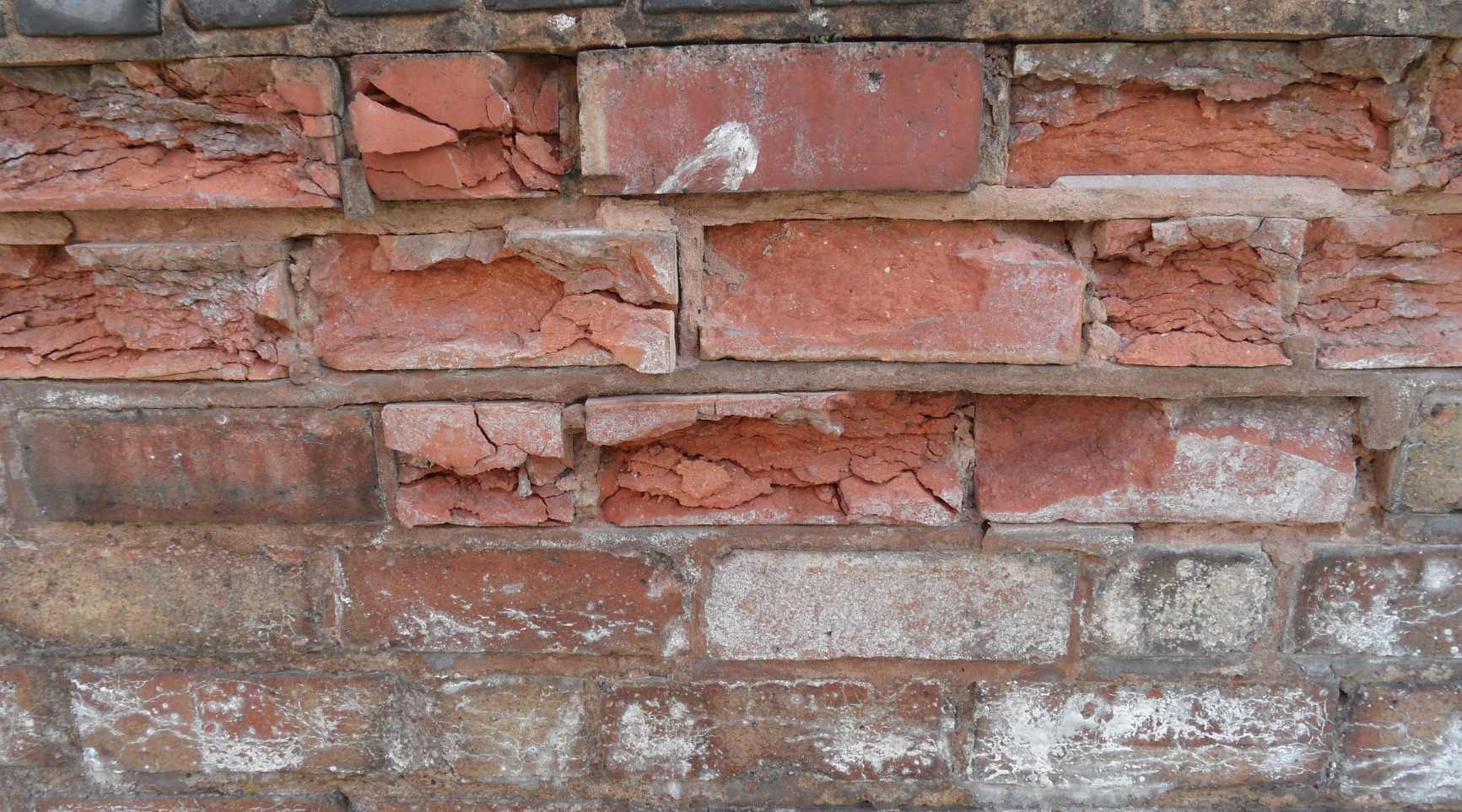

Building Materials
How To Clean Concrete Off Brick
Modified: February 18, 2024
Learn effective methods for removing concrete from brick surfaces. Discover expert tips for cleaning building materials and restoring their original appearance.
(Many of the links in this article redirect to a specific reviewed product. Your purchase of these products through affiliate links helps to generate commission for Storables.com, at no extra cost. Learn more)
Introduction
Welcome to our comprehensive guide on removing concrete stains from brick surfaces. While brick is a durable and visually appealing building material, it is susceptible to staining when it comes into contact with concrete. These unsightly stains can detract from the overall aesthetic of your property. However, with the right knowledge and tools, you can effectively clean concrete off brick and restore its original beauty.
In this article, we will walk you through the step-by-step process of removing concrete stains from brick, providing you with valuable insights and practical tips to achieve successful results. Whether you are a homeowner looking to enhance your property’s curb appeal or a professional in the construction and building materials industry, this guide is designed to equip you with the expertise needed to tackle concrete stains on brick surfaces.
By understanding the nature of concrete stains, gathering the necessary tools and materials, and following our detailed instructions, you can effectively clean and revitalize brick surfaces, prolonging their lifespan and maintaining their aesthetic charm. Let’s dive into the intricacies of concrete stain removal and empower you with the knowledge to take on this task with confidence.
Key Takeaways:
- Removing concrete stains from brick requires protective gear, a pressure washer, masonry cleaner, and thorough preparation to ensure effective stain removal without damaging the brick surface.
- After cleaning the brick, prevent future concrete stains by using protective coverings, timely cleanup, and regular inspections to maintain the pristine appearance and longevity of the brick surfaces.
Read more: How To Clean Efflorescence Off Brick
Understanding the Concrete Stain
Before embarking on the process of removing concrete stains from brick, it is essential to grasp the nature of these stains. Concrete stains on brick surfaces typically result from spills or splatters during construction or renovation projects. When concrete comes into contact with brick and is allowed to cure, it forms a stubborn and visually unappealing residue.
Concrete stains can manifest in various forms, including discoloration, streaks, or patches on the surface of the brick. Additionally, if left untreated, these stains can penetrate the porous structure of the brick, making them more challenging to remove over time.
It is important to note that traditional cleaning methods may not effectively eliminate concrete stains from brick, as the chemical composition of concrete differs significantly from that of brick. As a result, specialized cleaning solutions and techniques are required to address this specific type of stain without causing damage to the brick surface.
By understanding the composition and behavior of concrete stains on brick, you can approach the cleaning process with a targeted and informed strategy. In the following sections, we will explore the tools and materials needed to effectively remove concrete stains from brick, ensuring that you are well-equipped to tackle this task with precision and confidence.
Tools and Materials Needed
Successfully removing concrete stains from brick requires the use of specialized tools and high-quality materials. By assembling the following items, you can ensure that the cleaning process is efficient and effective:
- Protective Gear: Before commencing the cleaning process, ensure that you have protective gear such as gloves, safety goggles, and a face mask to shield yourself from any potential splashes or fumes from cleaning solutions.
- Pressure Washer: A pressure washer with an appropriate psi (pounds per square inch) setting is essential for thoroughly rinsing the brick surface and removing residual cleaning solution and debris.
- Stiff-Bristled Brush: Choose a stiff-bristled brush specifically designed for masonry surfaces. This will aid in scrubbing the brick and effectively loosening the concrete stains.
- Masonry Cleaner: Select a high-quality masonry cleaner or concrete stain remover that is formulated to dissolve and lift concrete residues from brick without causing damage or discoloration.
- Bucket: A large bucket or container will be needed to mix the cleaning solution and water in the appropriate ratios for the application process.
- Protective Plastic Sheeting: Use plastic sheeting to cover nearby surfaces and landscaping to prevent the cleaning solution from affecting areas outside of the targeted cleaning zone.
- Water Source: Access to a reliable water source, such as a garden hose, is necessary for rinsing the brick surface before and after applying the cleaning solution.
- Soft Cloths or Towels: Have soft, absorbent cloths or towels on hand to dry the brick surface after the cleaning process is complete.
- Optional: Baking Soda and Vinegar: In some cases, a paste of baking soda and vinegar can be used as a natural and gentle alternative for removing light concrete stains from brick.
By ensuring that you have the appropriate tools and materials at your disposal, you can streamline the concrete stain removal process and achieve optimal results while safeguarding the integrity of the brick surface.
Preparing the Area
Prior to initiating the concrete stain removal process, it is crucial to prepare the surrounding area to minimize potential damage and ensure the safety of nearby surfaces and landscaping. Here are the essential steps to prepare the area before cleaning the concrete off brick:
- Clear the Surrounding Space: Remove any furniture, potted plants, or decorative items near the brick surface to create unobstructed access for the cleaning process.
- Protect Nearby Surfaces: Cover adjacent surfaces, such as windowsills, metal fixtures, and painted surfaces, with protective plastic sheeting to prevent the cleaning solution from causing unintended damage.
- Shield Landscaping: Use plastic sheeting or tarp to shield nearby landscaping, grass, and garden beds from exposure to the cleaning solution and runoff water.
- Test the Cleaning Solution: Before applying the cleaning solution to the entire stained area, perform a small test in an inconspicuous spot to ensure that it does not adversely affect the color or texture of the brick.
- Read and Follow Product Instructions: If using a commercial masonry cleaner or concrete stain remover, carefully read and adhere to the manufacturer’s instructions regarding application, dwell time, and rinsing procedures.
By taking these preparatory measures, you can create a controlled and protected environment for the concrete stain removal process, mitigating the risk of unintended damage to surrounding surfaces and ensuring that the cleaning solution is applied to the targeted area with precision and care.
Applying the Cleaning Solution
Once the area is properly prepared, it is time to apply the cleaning solution to the concrete stains on the brick surface. Follow these steps to ensure effective application and optimal results:
- Mix the Cleaning Solution: In a large bucket, mix the masonry cleaner or concrete stain remover with water according to the manufacturer’s recommended dilution ratio. Stir the solution thoroughly to ensure uniformity.
- Apply the Solution: Using a sprayer or a brush, apply the cleaning solution generously to the concrete stains on the brick. Ensure that the entire affected area is adequately covered with the solution.
- Allow Dwell Time: Let the cleaning solution dwell on the stained brick surface for the duration specified in the product instructions. This allows the solution to penetrate and loosen the concrete stains effectively.
- Scrub Stubborn Stains: For particularly stubborn or entrenched concrete stains, use a stiff-bristled brush to agitate the cleaning solution gently. This helps to dislodge the residues and enhance the stain removal process.
- Observe Safety Precautions: During the application of the cleaning solution, ensure proper ventilation in the area and continue to wear protective gear, including gloves and safety goggles, to safeguard against potential splashes or fumes.
By following these steps, you can ensure that the cleaning solution is applied effectively to the concrete stains on the brick, maximizing its ability to dissolve and lift the residues without causing harm to the underlying brick surface.
To clean concrete off brick, use a solution of water and muriatic acid. Scrub the affected area with a stiff brush, then rinse thoroughly with water. Always wear protective gear and follow safety instructions when using muriatic acid.
Read more: How To Clean Soot Off Of Brick
Scrubbing the Brick
After allowing the cleaning solution to dwell on the stained brick surface, the next crucial step involves scrubbing the brick to dislodge and remove the loosened concrete stains. Follow these guidelines to ensure thorough and effective scrubbing:
- Select the Right Tool: Utilize a stiff-bristled brush specifically designed for masonry surfaces. The bristles should be firm enough to agitate the stains effectively without causing damage to the brick.
- Work in Sections: Divide the stained area into manageable sections and focus on scrubbing one section at a time. This approach ensures thorough attention to detail and prevents the cleaning solution from drying on the surface prematurely.
- Apply Even Pressure: Use moderate pressure when scrubbing the brick, ensuring that the bristles of the brush make consistent contact with the surface. Avoid excessive force that could potentially damage the brick or push the stains further into the pores.
- Circular Motion Technique: Employ a circular motion while scrubbing the brick, as this motion helps to dislodge the concrete stains more effectively. Be methodical and ensure that the entire stained area is scrubbed evenly.
- Inspect and Repeat as Needed: Periodically inspect the scrubbed areas to assess the progress. For persistent stains, repeat the scrubbing process with the cleaning solution to further diminish the residues until the desired results are achieved.
By adhering to these scrubbing guidelines, you can effectively remove concrete stains from the brick surface, restoring its original appearance and preparing it for the rinsing phase of the cleaning process.
Rinsing the Area
Once the brick surface has been thoroughly scrubbed to remove the concrete stains, the next critical step is to rinse the area to eliminate residual cleaning solution and debris. Follow these steps to ensure a comprehensive and effective rinsing process:
- Prepare the Pressure Washer: If using a pressure washer, ensure that it is set to an appropriate psi (pounds per square inch) for masonry surfaces. Higher psi may be suitable for tougher stains, but caution should be exercised to avoid damaging the brick.
- Commence Rinsing: Begin rinsing the brick surface from the top down, working in manageable sections. Maintain a consistent distance from the surface to ensure even rinsing without causing damage or dislodging mortar joints.
- Overlap for Uniform Coverage: As you progress with the pressure washer, overlap each rinsed section slightly to guarantee uniform coverage and thorough removal of the cleaning solution and dislodged concrete residues.
- Inspect for Residual Stains: After rinsing the entire area, inspect the brick surface for any residual stains. If stubborn stains persist, consider spot-treating these areas with the cleaning solution and repeating the scrubbing and rinsing process.
- Allow the Surface to Dry: Once the rinsing process is complete, allow the brick surface to air dry naturally. Avoid using excessive heat sources for drying, as this could cause rapid evaporation and potential streaking.
By following these steps, you can ensure that the brick surface is thoroughly rinsed, free from residual cleaning solution and concrete stains, and ready for the final phase of the cleaning process: drying the brick.
Drying the Brick
After the rinsing process, it is essential to facilitate the drying of the brick surface to complete the concrete stain removal process effectively. Follow these steps to ensure proper drying and minimize the risk of residual moisture:
- Natural Air Drying: Allow the brick surface to air dry naturally, taking advantage of airflow and sunlight to expedite the drying process. Ensure that the area is well-ventilated to promote efficient evaporation of moisture.
- Inspect for Moisture: Periodically inspect the brick surface for any lingering moisture or residual water droplets. Pay particular attention to indentations, mortar joints, and areas with potential water retention.
- Use Absorbent Materials: If necessary, gently blot the surface with soft, absorbent cloths or towels to remove any remaining moisture. Avoid applying excessive pressure that could force water back into the brick pores.
- Monitor Drying Progress: Observe the drying progress over the course of several hours, ensuring that the brick surface achieves a uniform dryness without visible damp spots or streaking.
- Confirm Readiness for Sealing: Once the brick surface is thoroughly dry, it is ready for optional sealing to enhance its resistance to future staining and preserve its refreshed appearance. Consider applying a suitable masonry sealer according to the manufacturer’s recommendations.
By meticulously overseeing the drying process, you can safeguard the integrity of the brick surface and ensure that it is fully prepared for the final phase of the concrete stain removal process. With the concrete stains effectively removed and the brick surface restored to its original luster, you can take pride in the rejuvenated appearance of your property.
Preventing Future Concrete Stains
After successfully removing concrete stains from the brick surface, it is prudent to implement preventive measures to minimize the likelihood of future staining. By adopting proactive strategies, you can preserve the pristine appearance of the brick and reduce the need for extensive cleaning in the future. Consider the following preventive measures to protect the brick from concrete stains:
- Protective Coverings: When undertaking construction or renovation projects near brick surfaces, use protective coverings such as plastic sheeting or drop cloths to shield the brick from concrete splatter and spills.
- Timely Cleanup: Promptly remove any concrete spills or splatters on the brick by gently scraping off the excess material and using a mild cleaning solution to address any residual traces before they have a chance to cure and form stubborn stains.
- Strategic Masking: Utilize masking tape and protective films to cover exposed brick surfaces during activities that may generate concrete residues, such as pouring or finishing concrete adjacent to the brick.
- Regular Inspections: Periodically inspect the brick surfaces for signs of potential concrete stains, addressing any spills or residue promptly to prevent them from becoming ingrained and challenging to remove.
- Maintenance and Sealing: Consider applying a quality masonry sealer to the brick surface after cleaning to enhance its resistance to stains and facilitate easier maintenance. Reapply the sealer as recommended by the manufacturer to maintain its protective properties.
- Collaborate with Contractors: Communicate with contractors and construction professionals working near brick surfaces to emphasize the importance of protecting the brick from concrete stains and collaborate on preventive measures.
By integrating these preventive measures into your maintenance and construction practices, you can fortify the resilience of the brick against concrete stains, preserving its pristine appearance and minimizing the need for extensive cleaning and restoration in the future. With a proactive approach to protection and maintenance, you can ensure that the beauty and longevity of the brick surfaces are sustained for years to come.
Read more: How To Clean Calcium Off Brick
Conclusion
Congratulations on completing the journey of concrete stain removal from brick surfaces! By delving into the intricacies of understanding, preparing, and executing the cleaning process, you have acquired valuable insights and practical skills to rejuvenate and maintain the beauty of brick surfaces. Whether you tackled this task as a homeowner, a building professional, or an enthusiast of building materials, your dedication to preserving the integrity of brick is commendable.
Throughout this comprehensive guide, we navigated the nuances of concrete stains, explored the essential tools and materials, and meticulously detailed the step-by-step process of removing concrete stains from brick. From preparing the area and applying the cleaning solution to scrubbing, rinsing, and drying the brick, you have gained the expertise to undertake this endeavor with confidence and precision.
As you witness the revitalized appearance of the brick surfaces, it is essential to embrace preventive measures to safeguard against future concrete stains. By integrating protective coverings, timely cleanup, strategic masking, regular inspections, and proactive maintenance, you can fortify the resilience of the brick and minimize the impact of potential staining incidents.
By adhering to these preventive measures and maintaining a proactive approach to protection and maintenance, you can ensure that the allure and durability of brick surfaces endure for years to come. Your commitment to preserving the aesthetic appeal and structural integrity of brick is a testament to your dedication to quality and excellence.
As you reflect on the knowledge and skills gained from this guide, we encourage you to share your newfound expertise with others who may benefit from this valuable information. Whether it is enhancing the curb appeal of a residential property, revitalizing historical brick structures, or elevating the standards of construction and maintenance practices, your contributions to the preservation of brick surfaces are invaluable.
Thank you for embarking on this journey with us, and may your endeavors in maintaining and enhancing brick surfaces be met with success and fulfillment. Here’s to the enduring beauty and resilience of brick, and the unwavering commitment to its preservation.
Frequently Asked Questions about How To Clean Concrete Off Brick
Was this page helpful?
At Storables.com, we guarantee accurate and reliable information. Our content, validated by Expert Board Contributors, is crafted following stringent Editorial Policies. We're committed to providing you with well-researched, expert-backed insights for all your informational needs.
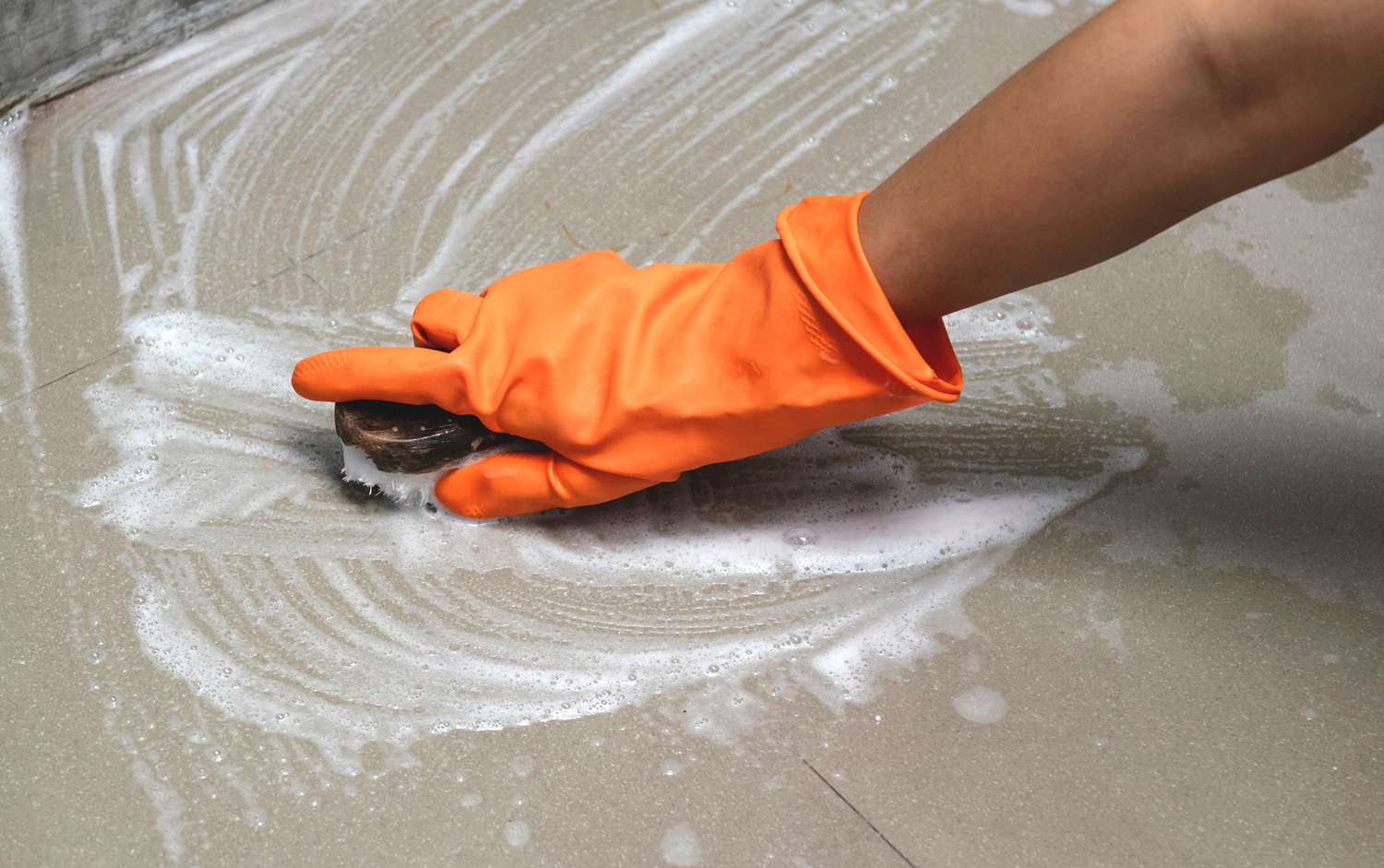
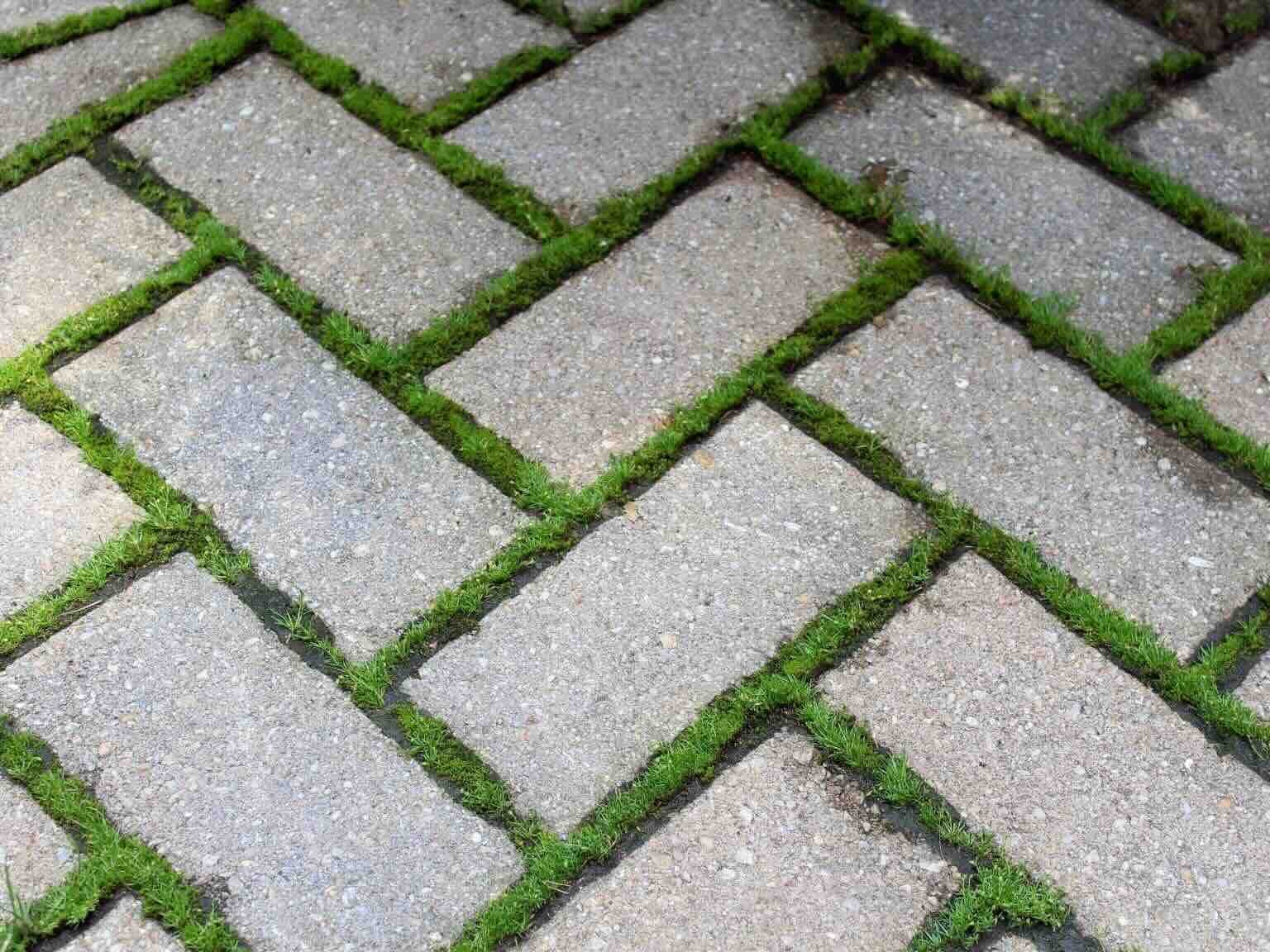
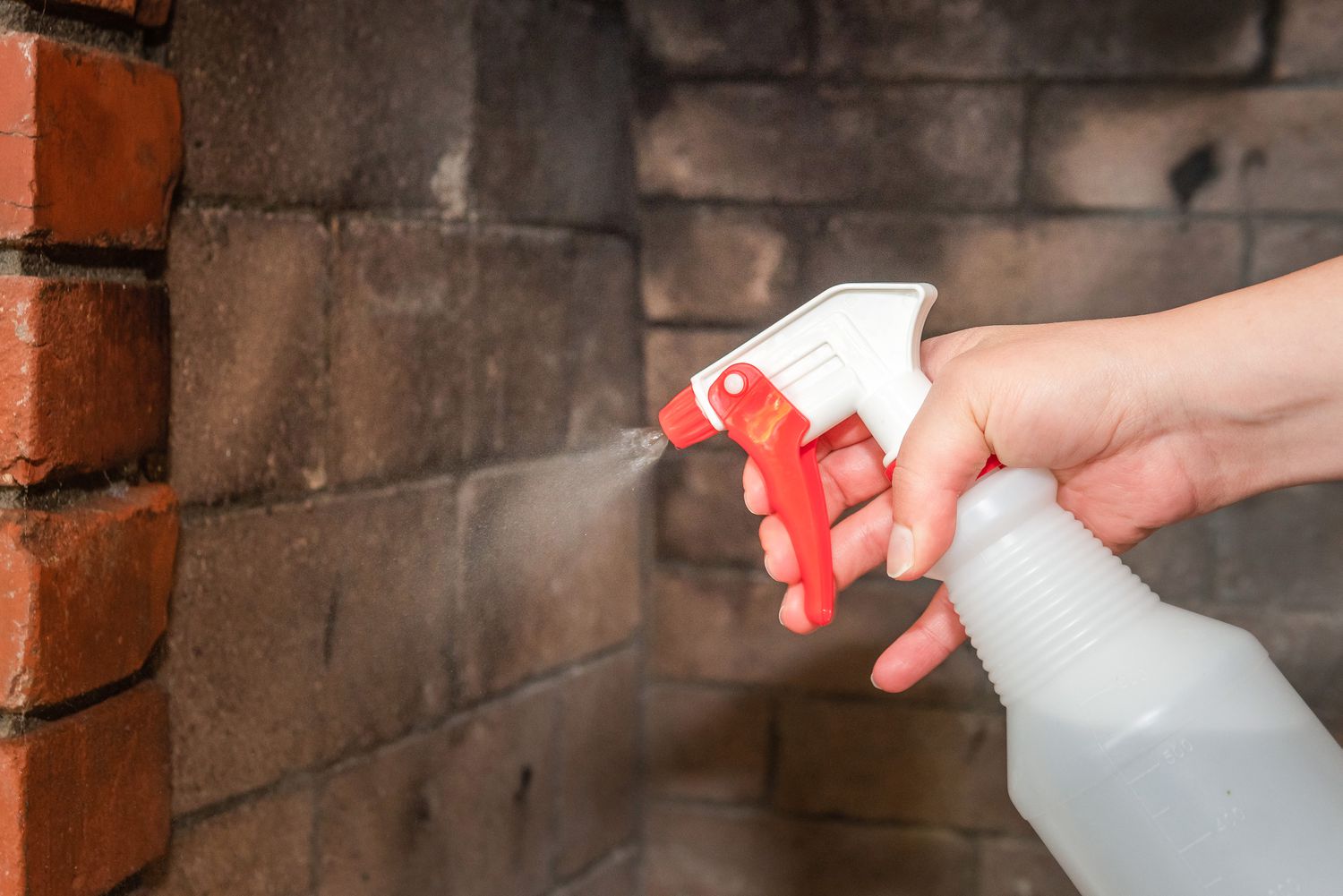
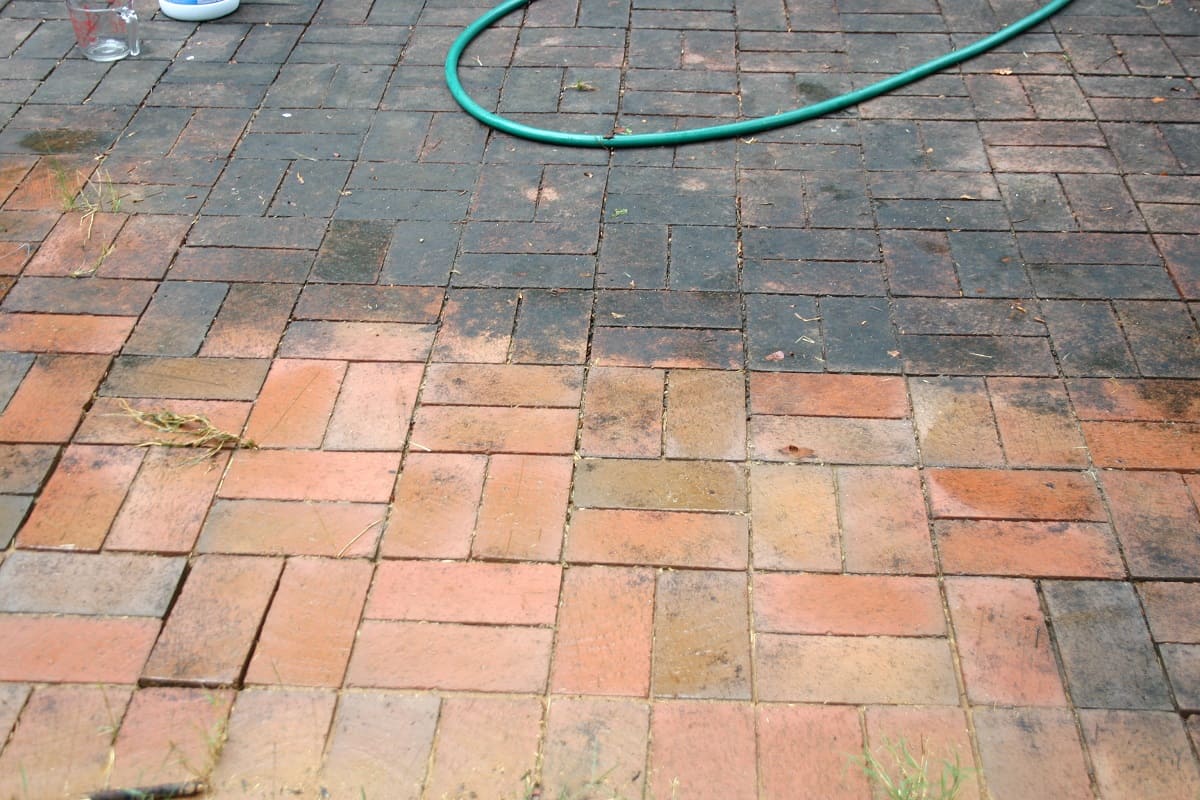
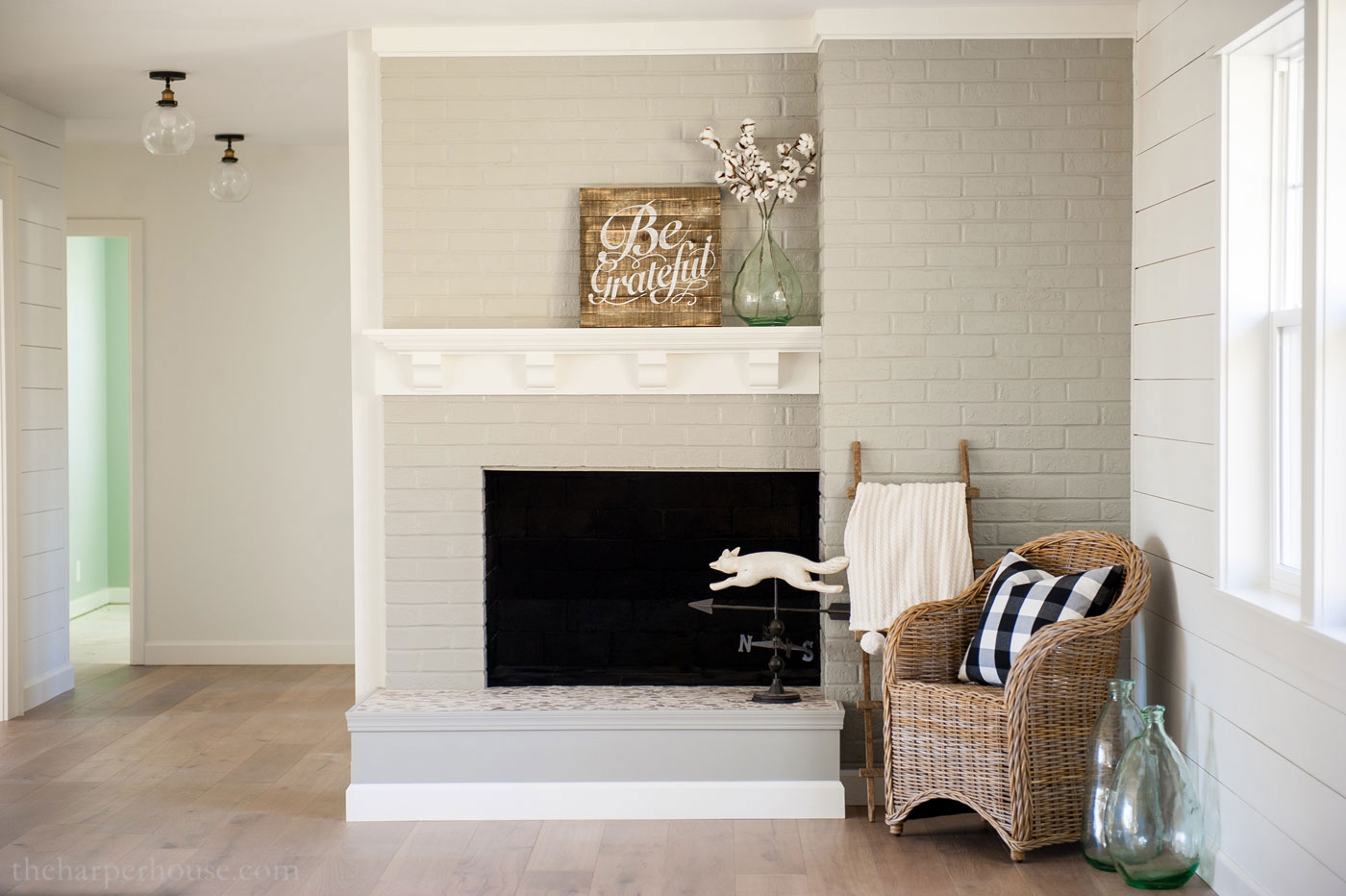
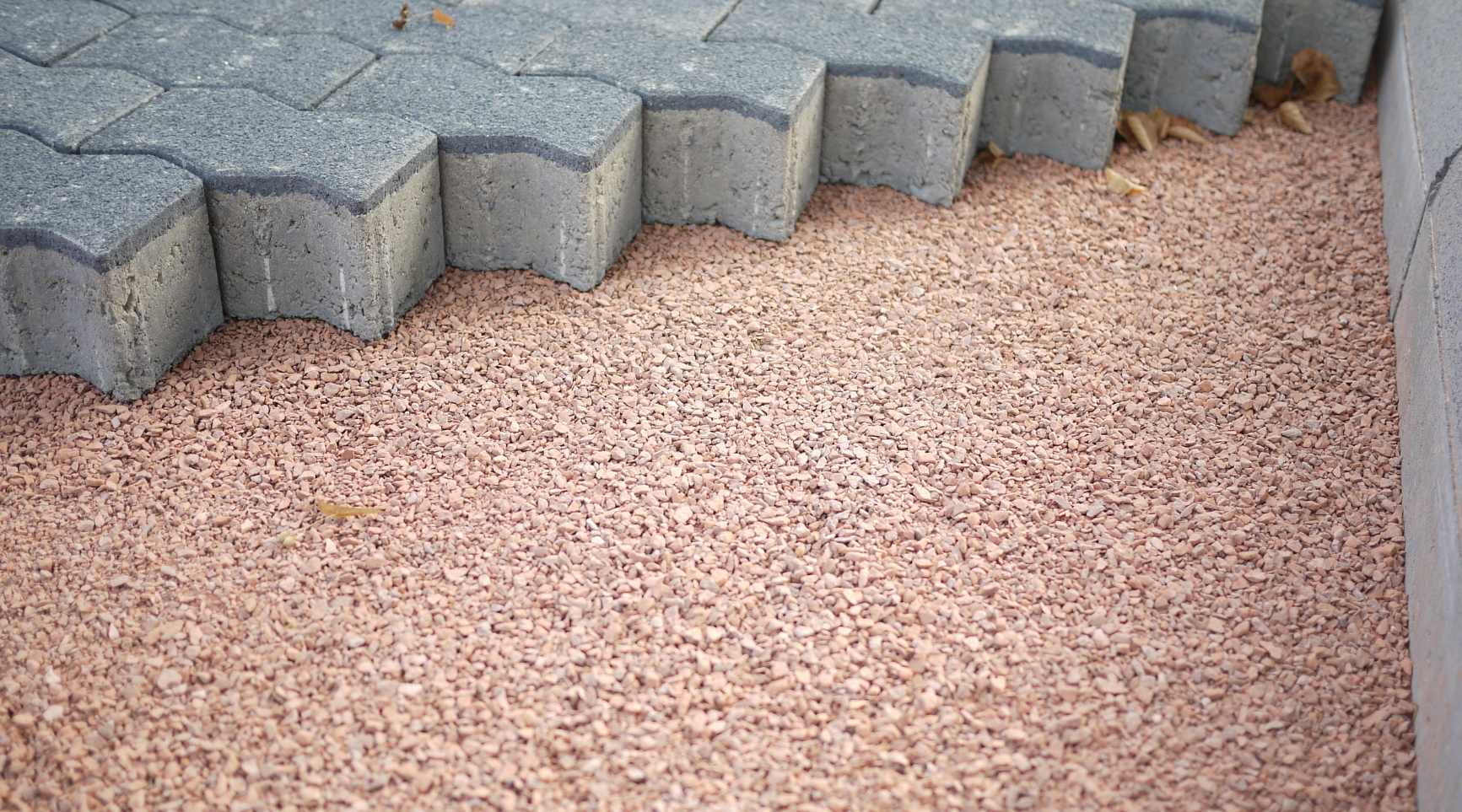
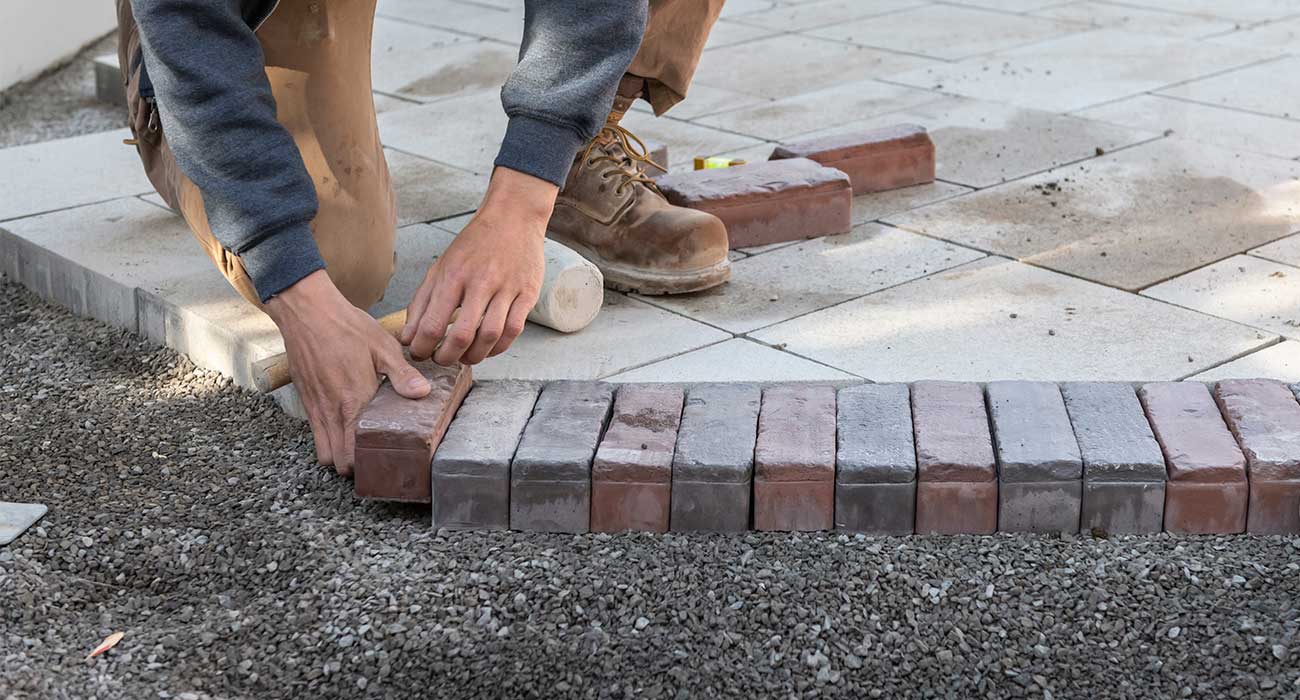
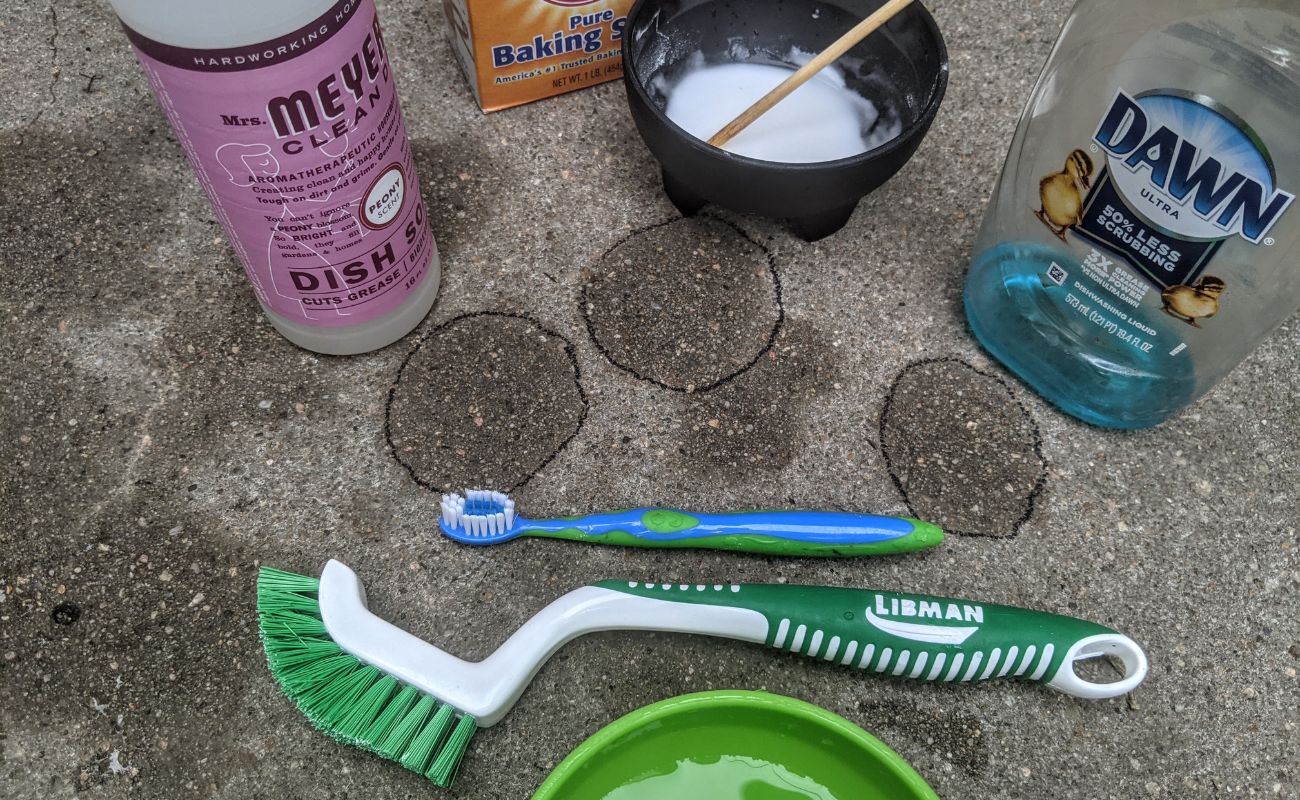
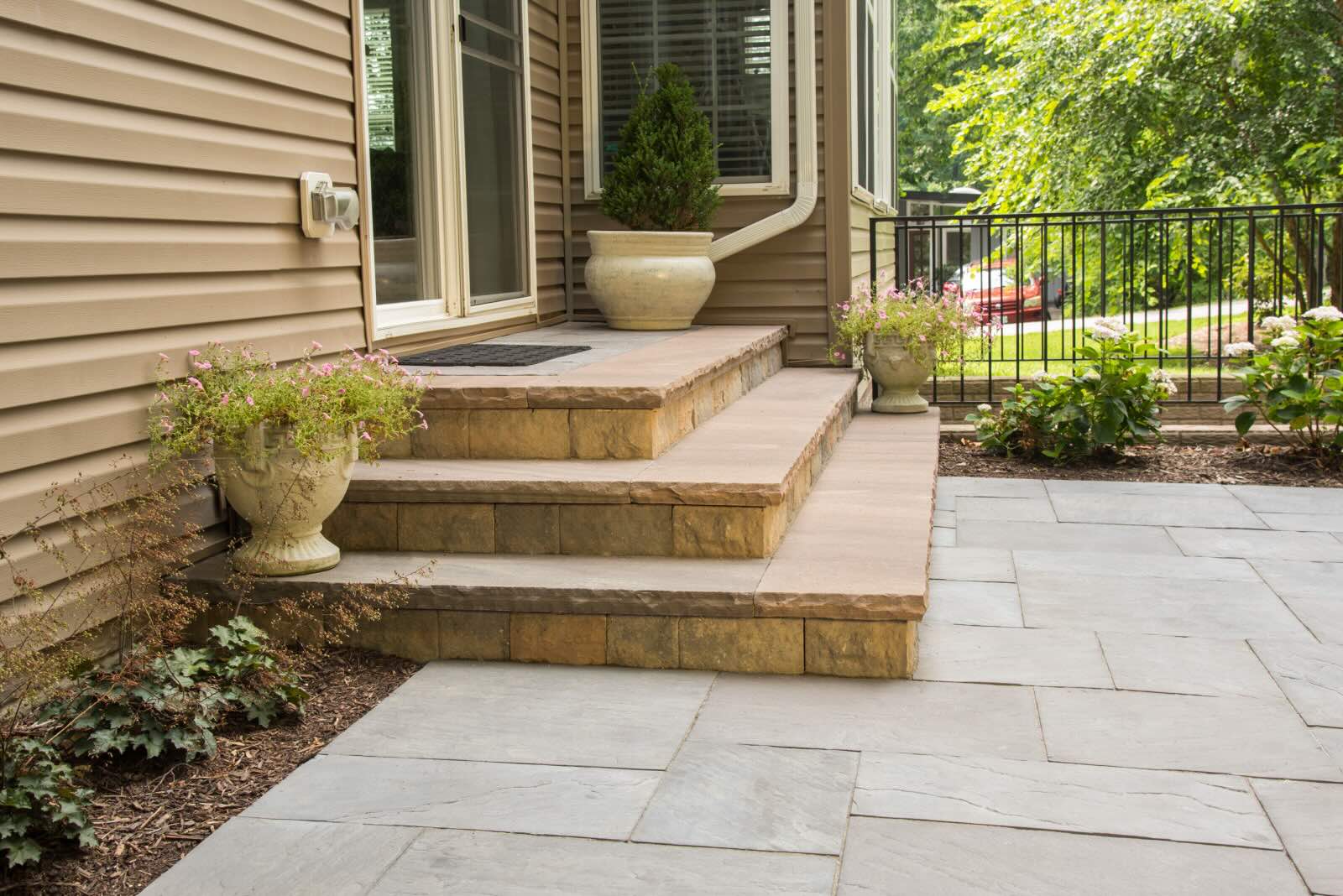
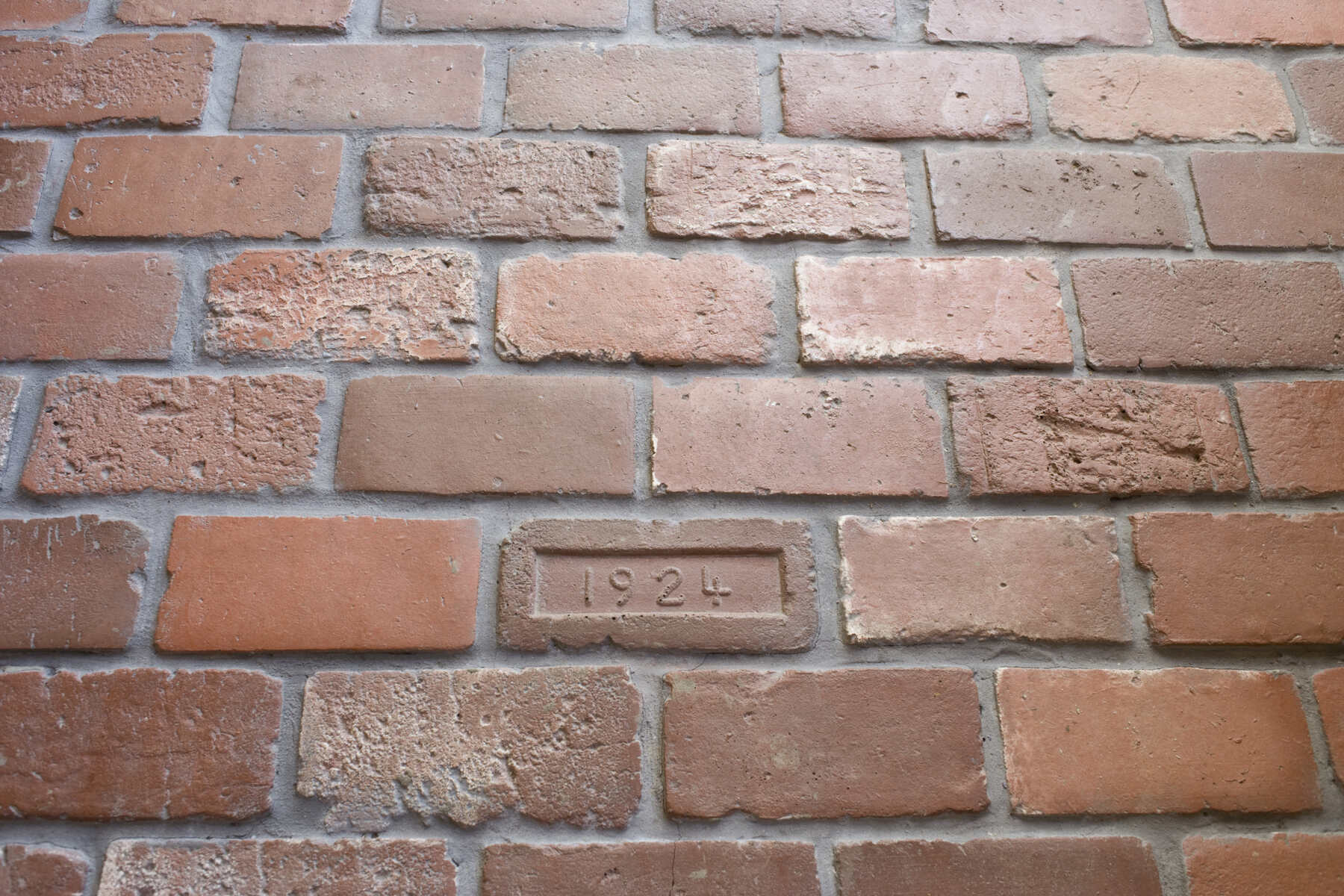

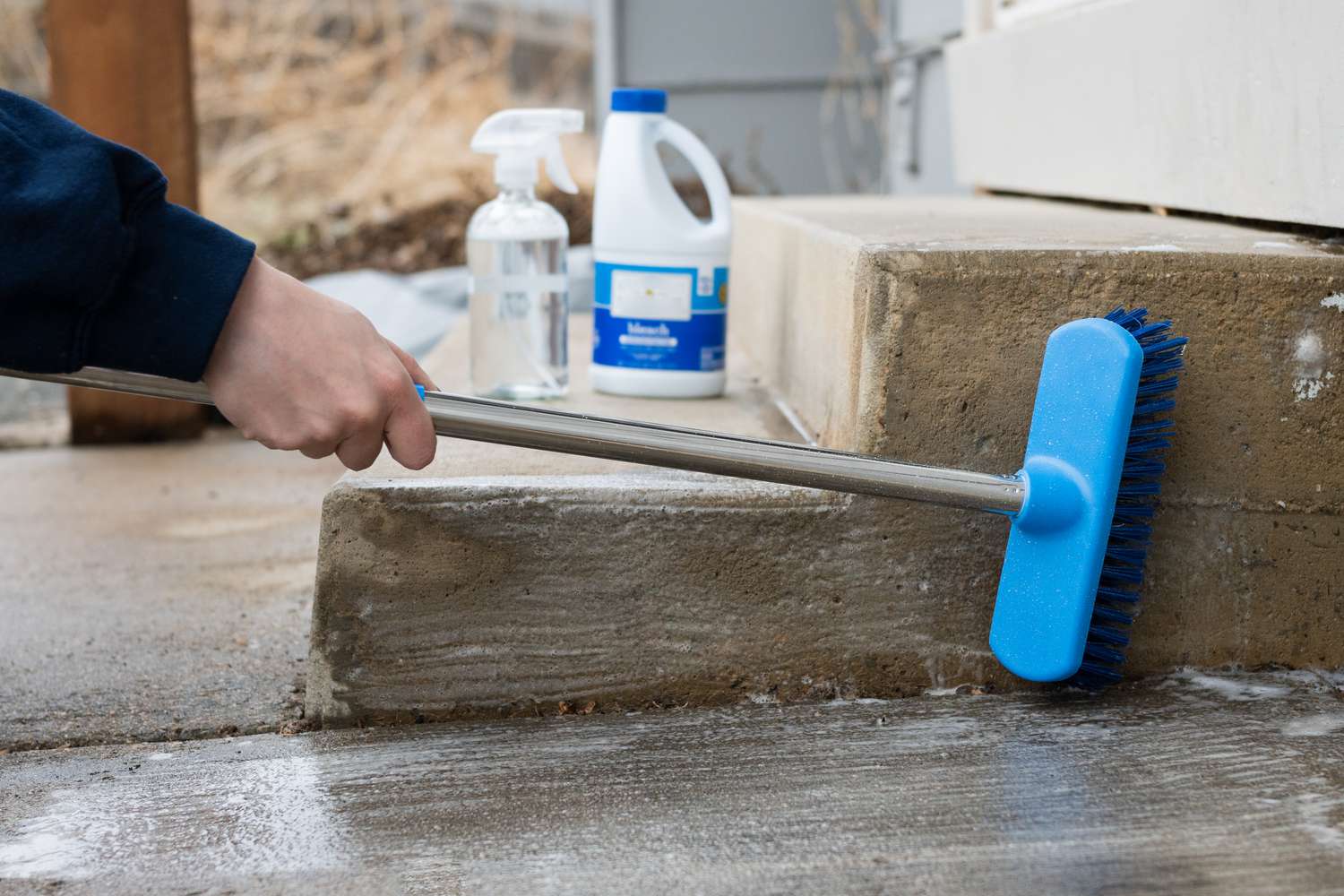


0 thoughts on “How To Clean Concrete Off Brick”